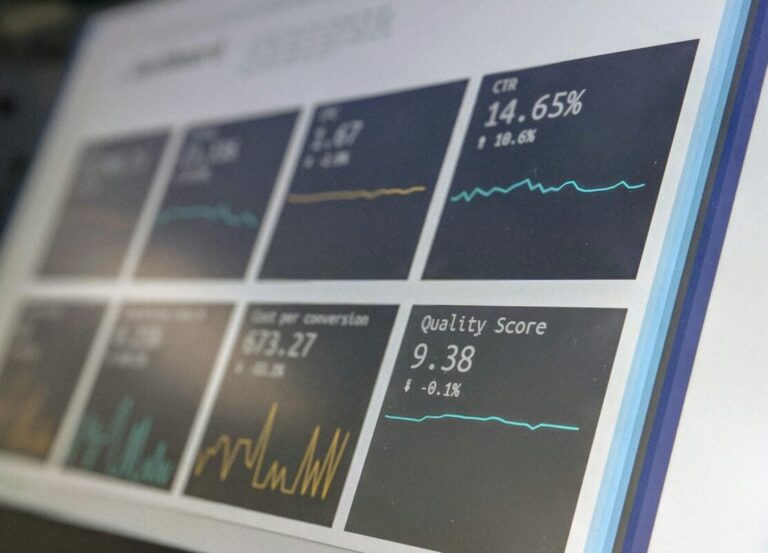Pulse Clean Energy has today (18 February) published an industrial-first tool with which the battery energy storage system (BESS) asset managers can follow and certify the carbon emissions that have been saved by BESS use.
The British Bess Cool Emissions Calculator -Tool, founded in collaboration with LCP Delta and the UK’s National Wealth Fund, is designed to give a better insight into the positive environment -impact of Bess developments. With batteries that are mainly used to save excess renewable energy in times of high generation and then to reduce it in the grid in times of high demand, which reduces dependence on fossil fuels, they have an undoubtedly a positive effect on the carbon emissions. However, there has been no standardized way to measure the exact emission savings of individual Bess projects, which means that assets, investors and policymakers have missed reliable data to back up sustainable claims and improvements .
The new tool solves this problem by using real-time data from Elixon, the British electricity market manager, to calculate emission data in half an hour of periods, in contrast to the previous method to rely on average emission figures of the National Energy System Operator (Neso). This offers a more accurate report of how Bess activa influences carbon emissions.
The tool is free and open-source, and Pulse Clean Energy encourages all BESS investors, asset owners and other stakeholders to implement the tool to verify and quantify the positive role that the BESS developments have in reducing The impact of the carbon emissions in the UK. Puls Clean Energy also notes that although the tool is mainly designed with batteries and other energy storage technologies in mind, the calculator can also be used with other activities for renewable energy, including wind and solar energy.
Aazzum Yassir, director of technology and operations at Pulse Clean Energy, noted: “The UK Bess Carbon Emissions Calculator is a real chance to help industry ahead and to strengthen its credibility in the energy transition. There is currently a lack of consistency in how emission reduction figures are calculated, which can reduce our ability to control and improve our asset performance.
“By encouraging our colleagues from the industry to use this tool and standardize their methodology, we can build up the support we need from investors and policy makers to continue to innovate and deliver growth. We will not go to Zero without understanding the true impact of the technologies we build to bring ourselves there. “


